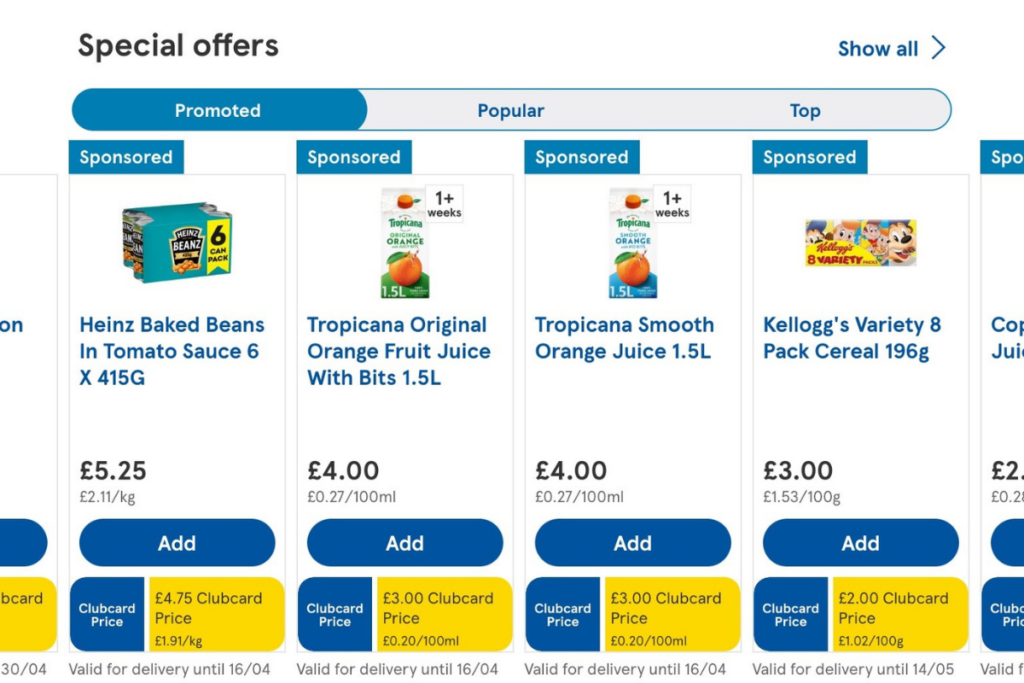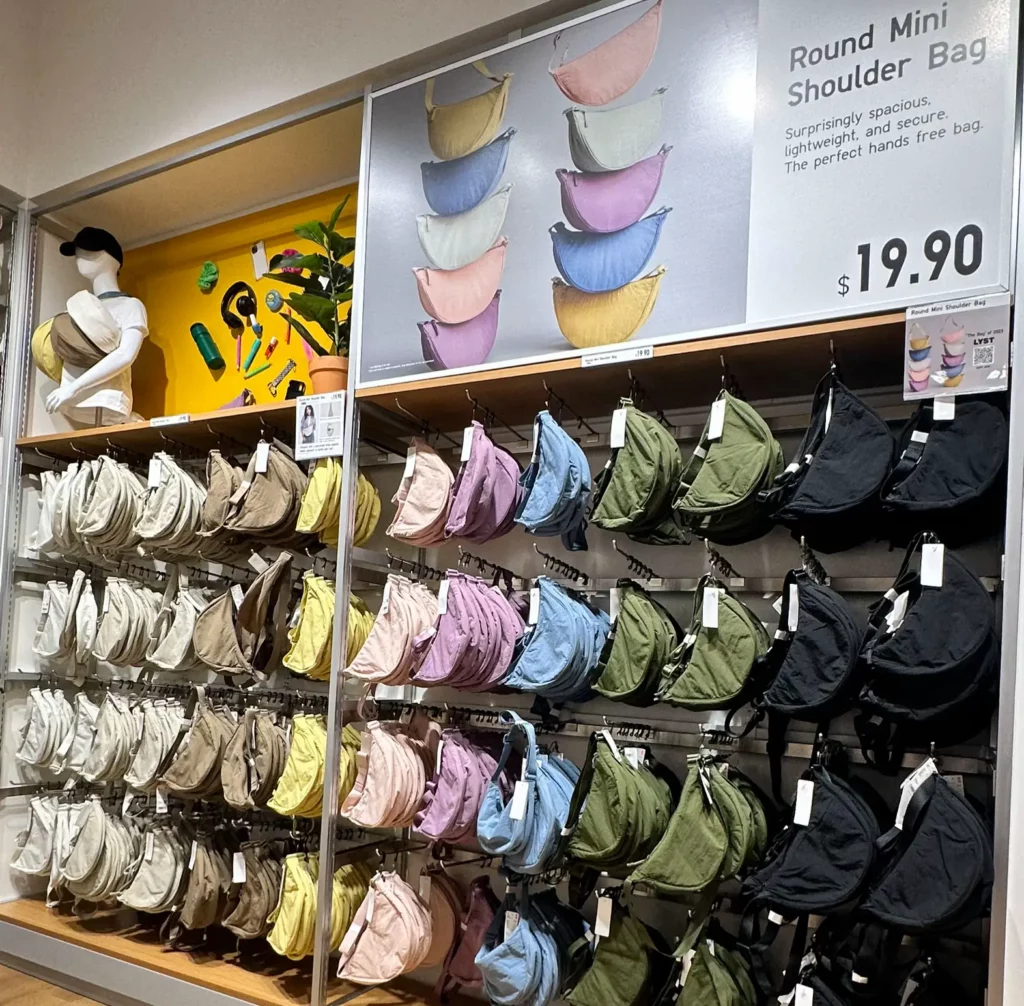Offering a multi-channel shopping experience is no longer optional for retailers – it‘s a requirement. We carried out a survey this year, which showed that retailers are fully aware of the growing demand by their customers for a consistent multi-channel shopping experience. Even more importantly, they appreciate that sales may be lost if this demand isn‘t met. However providing that consistent cross-channel service to customers is often easier said than done without the right support systems and technology in place.
The internet has allowed businesses to offer customers access to their brands across numerous touch points, along with an expanded product range and the ease of buying within minutes. At the same time retailers have been able to reach new customers and international markets due to the net‘s lack of borders. However, as a result of this growth, it has become harder for brands to manage their product data. Faced with more items and more channels, retailers need to employ new processes to offer that fantastic multi-channel experience.
Our latest survey reveals the extent to which retailers are using product information to support the desired customer experience across all channels. Firstly, it revealed that only 15% of retailers are managing product data once and using it many times, but 60% manage several variations of product copy to target different segments, markets and campaigns. Multi-channel retailing is adding complications when it comes to managing product data; retailers are managing many types of product copy but not necessarily using it to its full potential.
The findings also show that retailers haven‘t conquered mobile yet. Despite ownership of mobile devices rising 63% to 17.9m Britons, a quarter of retailers (26%) do not manage variations of product copy optimised for mobile. This channel is becoming a hugely popular shopping device with the latest IMRG e-Retail Survey showing that 11% of retailers expect over 50% of their online sales to be made on a smartphone or tablet device by the end of this year.
Thirdly, the survey highlighted customers‘ changing demands in terms of product information. Today, good product content includes rich assets such as videos, photos and customer reviews, and more than half (54%) of retailers make these assets available to some extent. The multi-channel shopper expects more detail and complete consistency in content across all touch points. To provide this better experience, 64% of retailers update product information to channels in real-time. However, fewer than half of retailers (47%) use product information to differentiate their brand online, highlighting the missed opportunities that these rich features can offer.
Over two-thirds (70%) will measure how the quality of their product information affects customer experience. However, the survey also brought to light the various silos of information that exist within retail organisations. Only two-fifths (41%) use product information to support their customer service to any degree, and only 38% optimise product information for SEO. In addition 52% don‘t collaborate with other departments to create quality product information. Using the valuable insights that product information offers, retailers can make strategic decisions to improve their sales.
Overall, by employing a Product Information Management (PIM) solution, retailers can better meet the increasing demands of the multi-channel consumer. Retailers today need to manage multiple language versions of their product information, offer detailed information and provide a fantastic experience across mobile. The multi-channel environment offers huge opportunity for retailers to reach new customers and cross international boundaries. However in order to do this they need detailed, reliable, rich product data available across all channels from a single source. In turn this allows them to create
RELATED STORIES

















